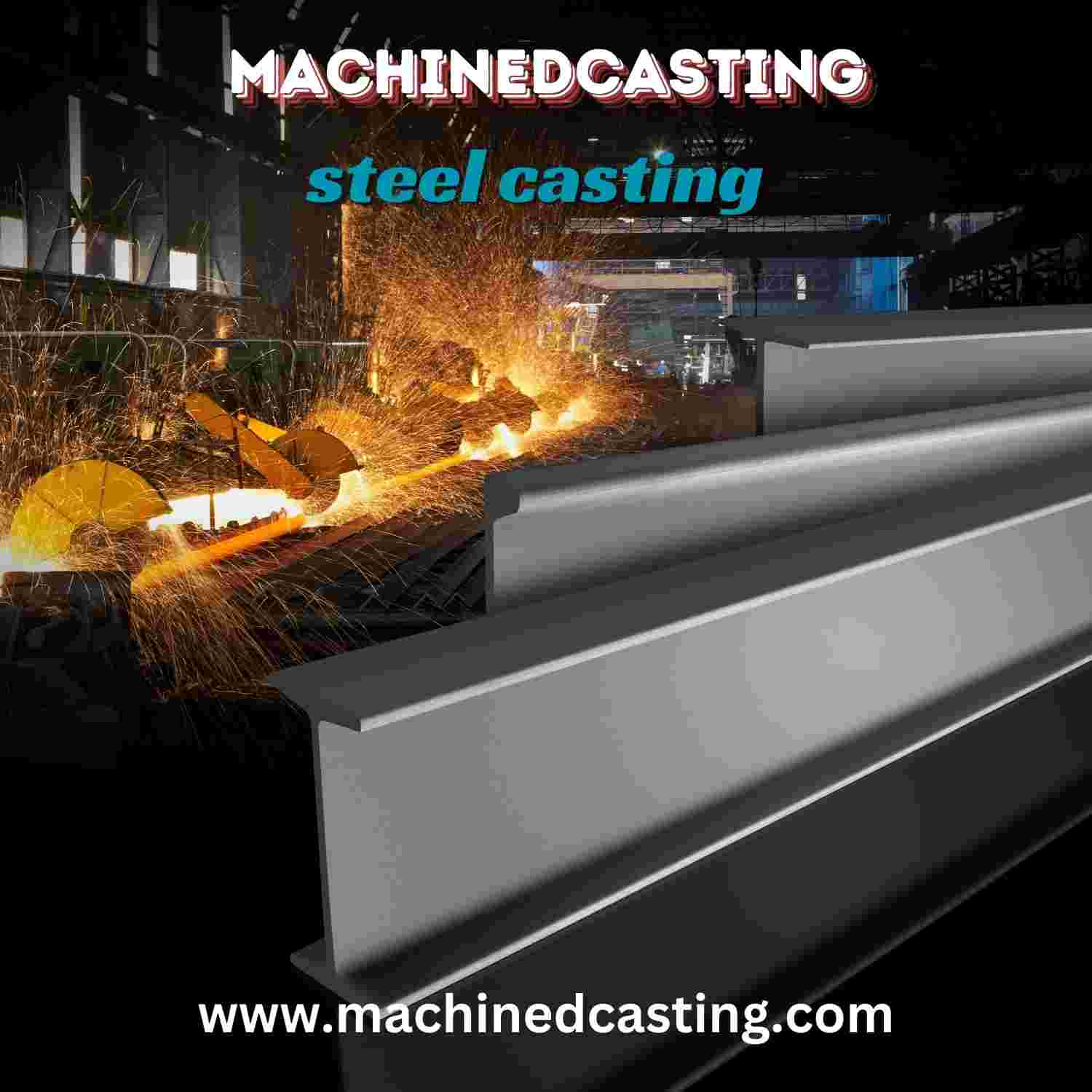-
Ροή Δημοσιεύσεων
- ΑΝΑΚΆΛΥΨΕ
-
Σελίδες
-
Ομάδες
-
Events
-
Blogs
-
Marketplace
-
Forum
-
Παιχνίδια
Mastering the Art of Steel Casting: A Comprehensive Guide

Steel casting is a centuries-old technique that continues to play a pivotal role in modern industrial processes. It involves pouring molten steel into a mold to create complex shapes and structures with exceptional strength and durability. Mastering the art of steel casting requires a combination of technical knowledge, skillful craftsmanship, and attention to detail. In this guide, we'll explore the step-by-step process of steel casting, from preparation to finishing, providing valuable insights to both beginners and experienced professionals.
-
Understanding Steel Casting: Steel casting is a manufacturing process that involves heating steel until it reaches a molten state and then pouring it into a pre-designed mold cavity. The mold is typically made of sand, ceramic, or metal and is prepared to create the desired shape of the final product.
-
Preparation:
- Designing the Mold: The first step in steel casting is designing the mold. This involves considering factors such as the shape and size of the final product, as well as any intricate details that need to be replicated.
- Selecting the Steel Alloy: The choice of steel alloy depends on the specific properties required for the end product, such as strength, corrosion resistance, and heat resistance.
- Preparing the Furnace: Before casting, the furnace must be preheated to the appropriate temperature to melt the steel alloy evenly.
-
Pouring and Solidification:
- Melting the Steel: Once the furnace reaches the desired temperature, the steel alloy is added and heated until it becomes molten.
- Pouring the Steel: The molten steel is carefully poured into the mold cavity, ensuring that it fills all the intricate details of the mold.
- Solidification: After pouring, the steel cools and solidifies within the mold, taking on its final shape.
-
Removal and Finishing:
- Shakeout: Once the steel has cooled, the mold is removed, and the casting is extracted. This process, known as shakeout, may involve breaking apart the mold material.
- Cleaning and Finishing: The casting is cleaned to remove any residual mold material and surface imperfections. Additional finishing processes, such as machining or surface treatment, may be performed to achieve the desired quality and appearance.
-
Quality Control:
- Inspection: Each casting undergoes thorough inspection to ensure it meets the specified dimensional and metallurgical requirements.
- Non-Destructive Testing: Techniques such as X-ray inspection and ultrasonic testing may be employed to detect internal defects without damaging the casting.
Conclusion: Mastering the art of steel casting requires a deep understanding of the process, meticulous preparation, and a commitment to quality. By following the steps outlined in this guide and continuously refining your techniques, you can create high-quality steel castings that meet the most demanding specifications. Whether you're a novice or an experienced professional, the journey to mastering steel casting is both challenging and rewarding.
- Whats New
- Shopping
- Wellness
- Sports
- Theater
- Religion
- Party
- Networking
- Music
- Literature
- Art
- Health
- Παιχνίδια
- Food
- Drinks
- Fitness
- Gardening
- Dance
- Causes
- Film
- Crafts
- Other/General
- Cricket
- Grooming
- Technology

